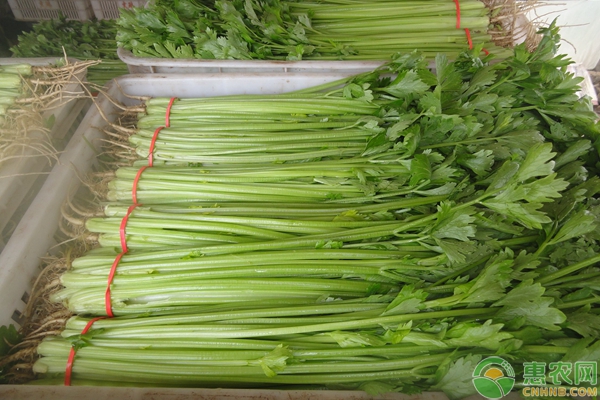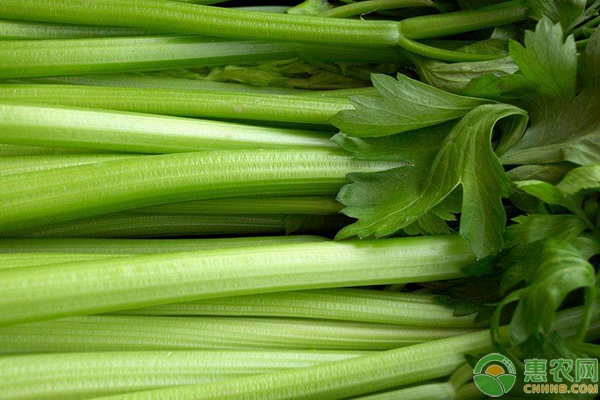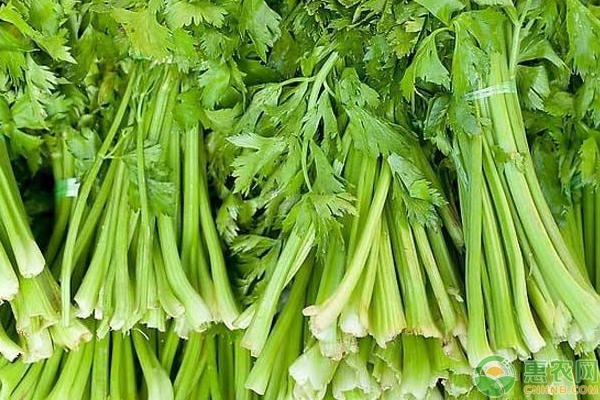When planting celery in summer, many growers will encounter the problem of dead celery, which not only seriously affects the growth of celery, reduces the yield, but also causes great losses to farmers. So why is celery dead? How to prevent celery dead seedlings? 1, the cause of celery death The dead seedlings of celery are caused by the heavy rain in summer and autumn, and the serious phenomenon of continuous cropping in various places, resulting in the occurrence of soft rot, sclerotinia, black rot, rickets and blight. (1) Soft rot It is a bacterial disease. It begins with a tender and succulent petiole, and initially appears to be water-soaked, forming a pale brown spindle-shaped or irregularly shaped depression. After the wet and rot, it turns black and smells, leaving only the epidermis. (2) Sclerotinia For the celery stems and leaves. The affected part is brown and water-immersed. When the humidity is high, it is soft and rot, and the surface grows white hyphae. Finally, the stalk tissue is rotted and fibrous, and the stem is hollow, forming a black sclerotium of rat feces. (3) Black rot It occurs in the roots and petiole bases close to the surface, and sometimes also in the roots. The diseased department became black and rot, and many small black spots were born on it. The growth of the plant is stagnant, and the outer 1 to 2 layers of leaves fall off due to the decay of the base. (4) squatting disease After the seeds germinated, the cotyledons and embryos rotted, causing rotten species. Water-stained lesions are formed at the base of the stem of the diseased stem, which then turns yellow-brown and collapses into a line. The seedlings collapse before the cotyledons have withered. After the seedlings are pulled out, the epidermis that comes into contact with the diseased part is easily peeled off. Under the cotyledon, the disease becomes a card neck. When the disease is serious and rapid, the seedlings of the seedlings can not stand upright, and the appearance of the seedlings is the same as that of the healthy seedlings, except that the base of the stem has collapsed into a line. A white hairy mycelium is produced on the surface of the diseased seedling and its vicinity. (5) Blight Occurs in the middle and late stages of nursery. The affected seedlings produce elliptical dark brown lesions at the base of the stem, and the early seedlings are wilting during the day and recover at night. Later, the lesions gradually sag, and when the humidity is high, the pale brown spider silk can be seen. The development of the lesions collapsed around the stem for a week, the roots were dry and wilting, and they could not recover at night, and continued to lose water until they died. 2, prevention and treatment methods (1) Rotation Implement a rotation of more than 2 years. (2) Bed soil disinfection Soil disinfection must be carried out using old seedbed seedlings. Common methods are: Formalin disinfection: 2-3 weeks before sowing, loosen the bed soil, 500 ml of formalin per square meter of seedbed, add 18-36 kg of water (determined by the amount of water to be wet and dry), evenly poured On the seedbed, it is then covered with plastic film on the bed soil. After 3-5 days, the cover is removed and the bed soil is removed. After 2 weeks, the drug solution was sufficiently evaporated and then seeded. Disinfection with carbendazim or thiophanate: use 50% carbendazim or 50% thiophanate, 8-10 grams per square meter, add 20-30 kg of dry soil and mix well. Sprinkle with 1/3 of the soil before sowing. The soil is made on the surface of the loam. After the sowing, 2/3 of the soil is covered with the soil and the soil can be disinfected. (3) Seed treatment Seeds are kept on disease-free or disease-free plants. The seeded seeds are selected with 10% saline before sowing, and the sclerotia is floated out, rinsed with water, dried and sown, and the sclerotinia disease can be prevented. Or soak for 10 to 15 minutes with warm water at 48 °C. Or use 50% thiram double wettable powder, or 65% dynthia zinc wettable powder for seed dressing, the dosage is 0.3% of the seed weight. After rinsing with water and germination, it can prevent blight and rickets. (4) Seedbed management Do not plant too dense, seedlings and time seedlings. When the humidity of the seedbed is too high after rain, it should be drained in time, and the dry grass ash should be sprinkled several times in the seedbed. It was found that the diseased seedlings were removed in time and carried to the field for deep burial or burning. (5) Field management Prevent soil damage and reduce mechanical damage when weeding. The soil should not be too high to prevent the petioles from being buried in the soil. Drainage in time after rain, reduce the number of watering during the onset. The diseased plants were removed in time, and the lime was removed from the diseased cavity. Deep ploughing or irrigation after soaking in the harvest can kill the sclerotia in the soil and reduce the source of the disease: 7 to 10 days in the summer, using high temperature to kill the surface sclerotia. Covering with the mulch film can block the germination of the bacteria and reduce the spread. (6) Chemical control In the case of soft rot, 72% agricultural streptomycin or neomycin can be used 3000-4000 times solution, 14% lycopene copper solution 350 times solution, 40% bacterial spirit 8000 times solution, one of the above agents, or Alternate application, once every 7-10 days, even spray 2-3 times. In the case of black rot, sclerotinia, blight, rickets, 50% procymidone 600 times solution, 50% carbendazim 600 times solution, 50% carbendazim 500 times solution, 50% vinyl bacteria Nucleolus 1000 times solution, 65% myristicin 1000-1500 times solution, one of the above-mentioned agents, once every 7-10 days, even spray 2 times. The above is the reason analysis and prevention measures of summer celery dead seedlings compiled by Huinong. The above pharmacy program is for reference only, I hope to help your celery cultivation. Industrial Microscope ,Industrial Microscope Camera,Industrial Inspection Microscope,Industrial Measuring Microscope Ningbo ProWay Optics & Electronics Co., Ltd. , https://www.proway-microtech.com

